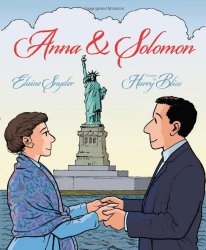

Marie-Laure’s father was a locksmith and craftsman who made scale models of cities that Marie-Laure studied so she could travel around on her own.

She’s taken refuge in this city with her great-uncle Etienne, at first a fairly frightening figure to her. D-Day took place two months earlier, and Cherbourg, Caen and Rennes have already been liberated. In August 1944, Marie-Laure LeBlanc is a blind 16-year-old living in the walled port city of Saint-Malo in Brittany and hoping to escape the effects of Allied bombing. Finely written and often vividly imagined, this is a cerebral, interior novel devoted to the notion of womanhood as a composite construction made up of myriad stories and influences.Ī bold, fertile work lit by powerful images, often consumed by debate, almost old-school in its feminist commitment.ĭoerr presents us with two intricate stories, both of which take place during World War II late in the novel, inevitably, they intersect.

And while layers of overlap continue among the three women's stories-second wives, sewing, humming-so do subtly different individual choices. Alongside questions of male dominance, issues of sexuality arise often, as do female communities, from Esther’s slave sisters to Vee’s consciousness-raising groups to Lily’s sewing circle. Lily, in 21st-century Brooklyn, has chosen motherhood over work and is fretting about the costumes for her two daughters to wear at the Purim carnival honoring Esther. Vee, wife of an ambitious senator in 1970s Washington, finds herself a player in a House of Cards–type scenario, pressured toward sexual humiliation by her unscrupulous husband. Her magical powers can bring on a shocking physical transformation or reanimate a skeletal bird, yet she is still a prisoner in a gilded cage, mother to an heir, frustrated daughter of an imperiled tribe. Esther, selected from 40 virgins to be the second queen-after her predecessor, Vashti, was banished (or worse)-is the strangest. All three are grappling-some more dangerously than others-with aspects of male power versus their own self-determination. Esther, the Old Testament teenager who reluctantly married a Persian king and saved her people, is connected across the ages to two more contemporary women in a sinuous, thoughtful braid of women’s unceasing struggles for liberty and identity.īiblical Esther, second-wave feminist Vee, and contemporary mother-of-two Lily are the women whose narrative strands and differing yet sometimes parallel dilemmas are interwoven in Solomon’s ( Leaving Lucy Pear, 2016, etc.) questing, unpredictable new novel.


 0 kommentar(er)
0 kommentar(er)
